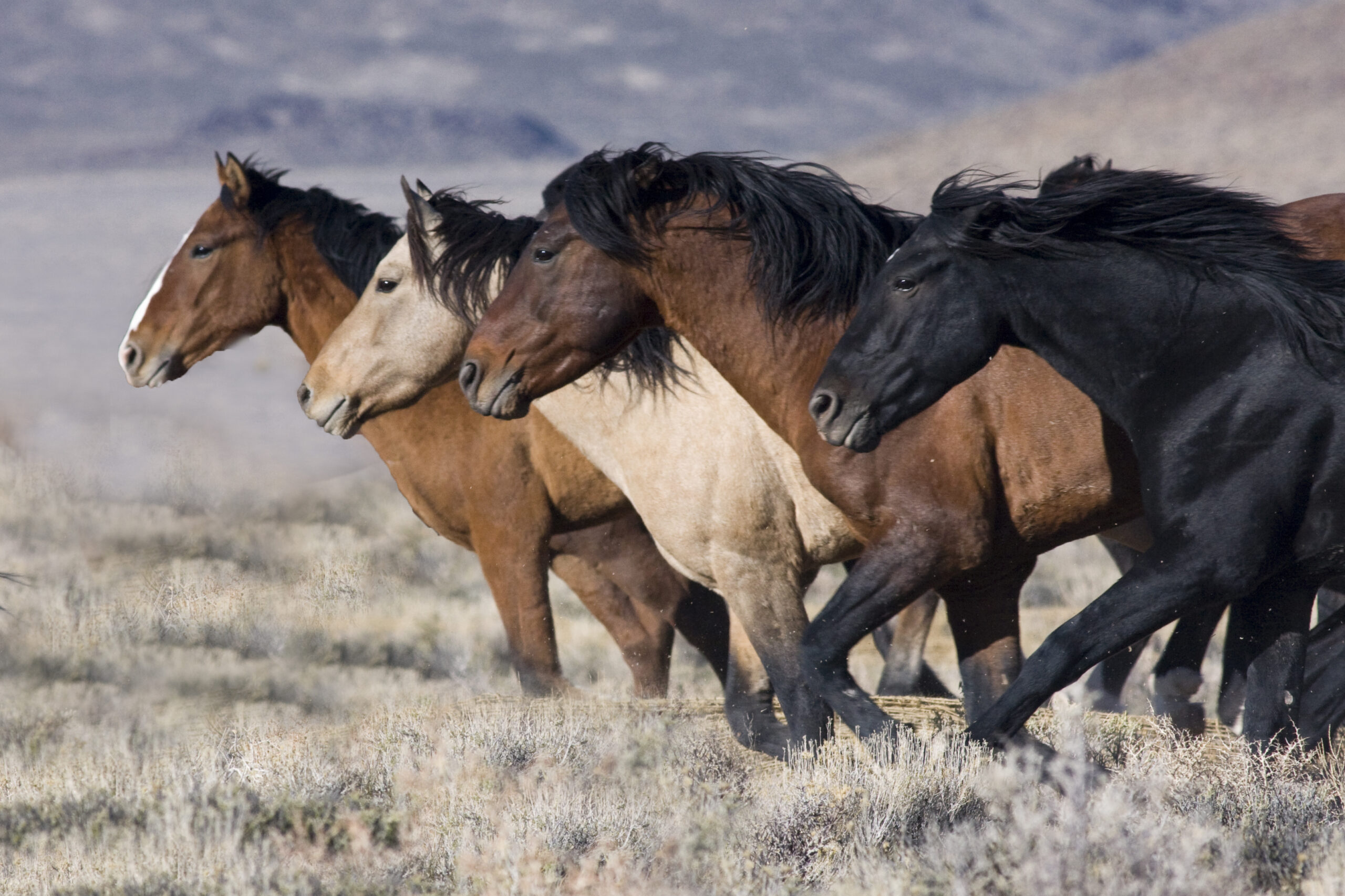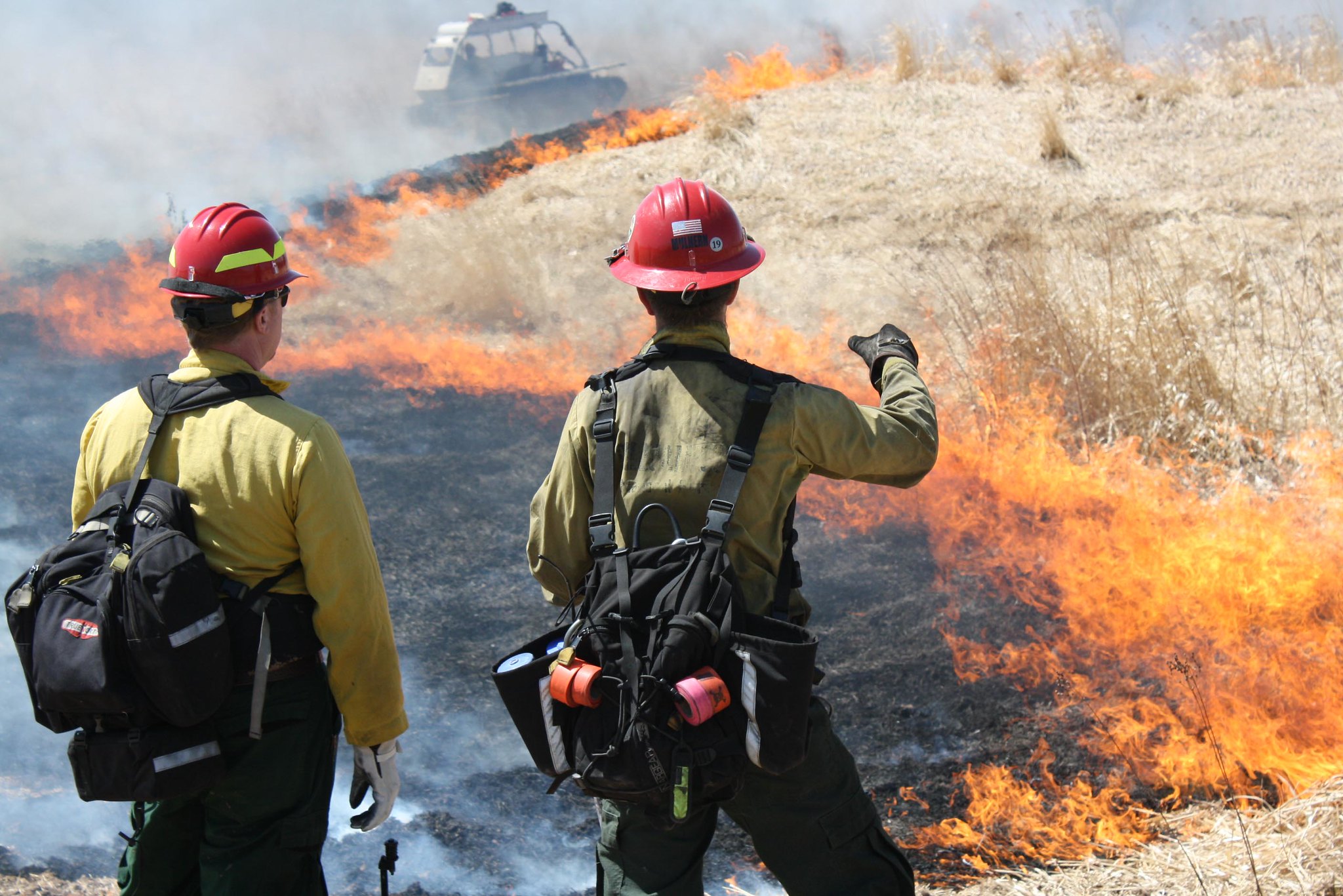Reining in the Wild Horse Crisis

Date
Topics
Related Content
-
Tapping Water Markets in Florida
Co-published by PERC and the James Madison Institute, this report explains how water markets can help resolve Florida’s most pressing water issues.
-
Creative Conservation Inspires Hope This Earth Day
Doom-and-gloom Earth Day messaging often paints a depressing future, but there is plenty of progress to celebrate.
-
Policy Change is Needed to Improve Forest Health
Testimony before the U.S. House Natural Resources Committee on proposed reforms to forest management policy.


